The Viking Islands: 3 Fantastic Island Groups
Table of Contents
The Wild Atlantic Islands
Remote areas are often overlooked, underestimated or simply ignored. Many of us will have, on the way to or from Europe, cast a glance at the flight map and seen the groups of islands they lie between Scotland and Iceland, and even wondered, fleetingly, what goes on down there.
A lot, as it happens. The three groups are the Orkney Islands, the Shetland Islands and the Faroe Islands. Orkney and Shetland are part of Scotland, and the Faroes are part of the Kingdom of Denmark. That is today; in the past, they were all important parts of the Viking world.
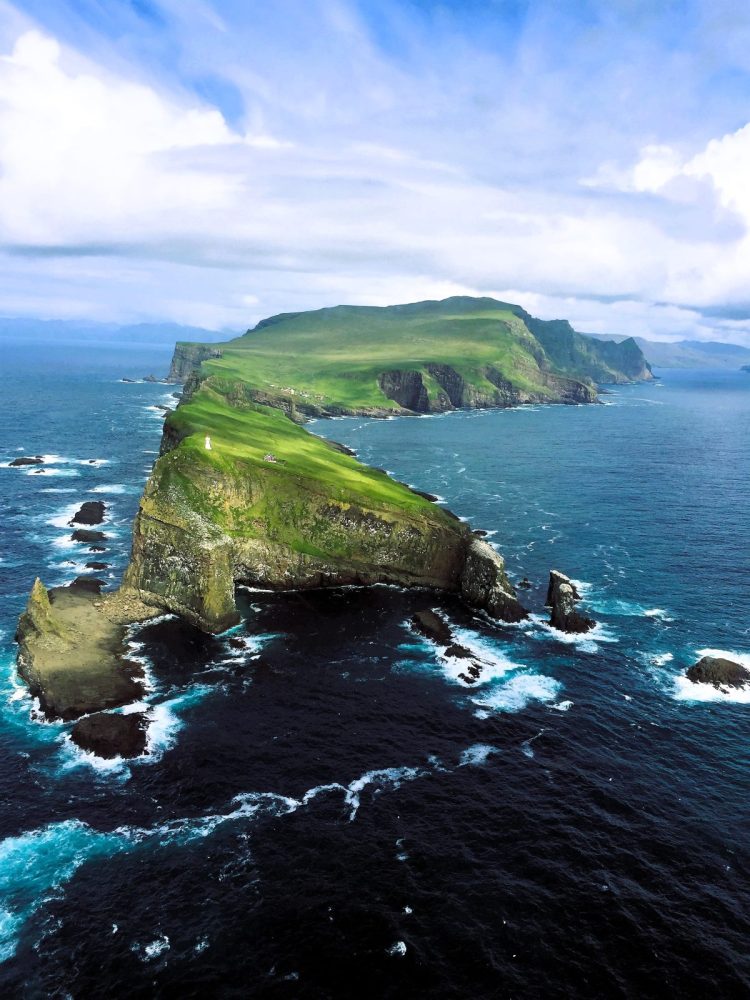
The history of the region is long and demanding. The Faroe Islands have been settled since the ninth and tenth centuries, and Orkney and Shetland far longer, since at least the Bronze Age. Layer upon layer of settlement lie below the soil, and at the major visitor sites, Skara Brae in Orkney and Jarlshof in Shetland, the millennia are peeled back to expose the rich history of the islands
Today, the islands are a fascinating and captivating destination for visitors. Each group harbours a distinct identity and landscape, yet together, they offer an absorbing look at the demanding and challenging culture of the North Atlantic, one thousand years ago, and the sophistication of the Bronze Age communities of five thousand years back.
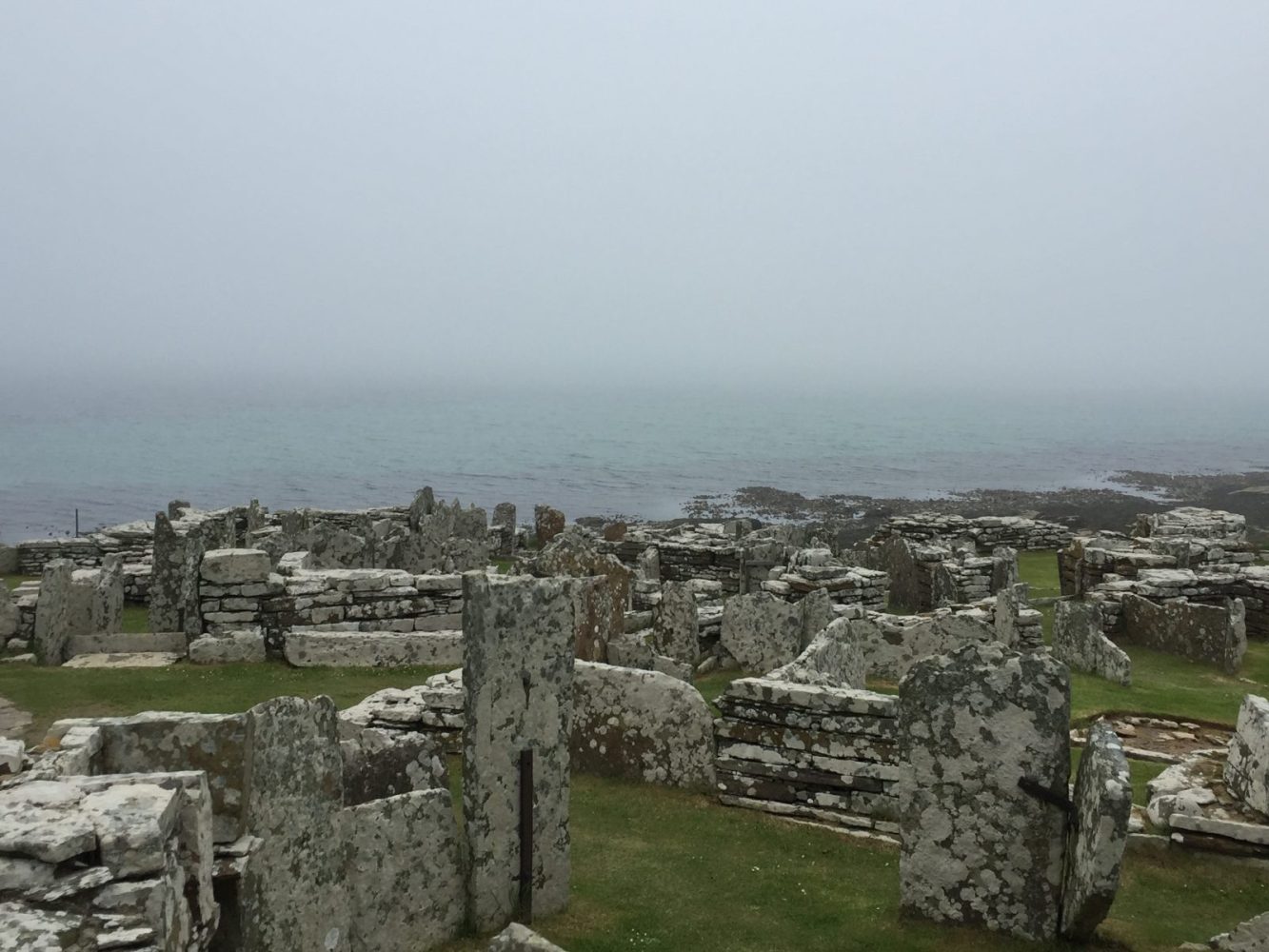
Access is straightforward. There are frequent flights to the Faroes from Iceland and most northern European capitals, and a weekly ferry from Denmark, which links the Faroes and Iceland. Orkney and Shetland are easily accessible by ferry from the Scottish mainland and air from a variety of southern cities.
Travel between Shetland and the Faroes is slightly awkward and requires backtracking to Edinburgh for connecting flights.
Once there, renting a car and finding a bas is the best way to explore. None of the island groups are big, although reaching the northern Shetland islands of Unst and Yell, well worth the effort, require coordinating the inter-island ferry schedules to avoid being stranded.
Orkney: Green and Lush
It is hard to say which of the islands are “the best”; they are all quite different. Orkney is surprisingly flat, pastoral and green. Farming is the main commercial activity, and the islands are all low-lying, and sheltering cosy harbour villages from the North Atlantic weather. The capital, Kirkwall, is a serious but rather lively town, centred around St. Magnus Cathedral.
The cathedral, built in the twelfth century, was a gift to the people of Orkney from Earl Rognavald as a recognition of their part in saving his son’s life. Today the cathedral remains active, and its façade, unscathed by the detritus of industrial smog, still retains a sharp and defined brickwork exterior.
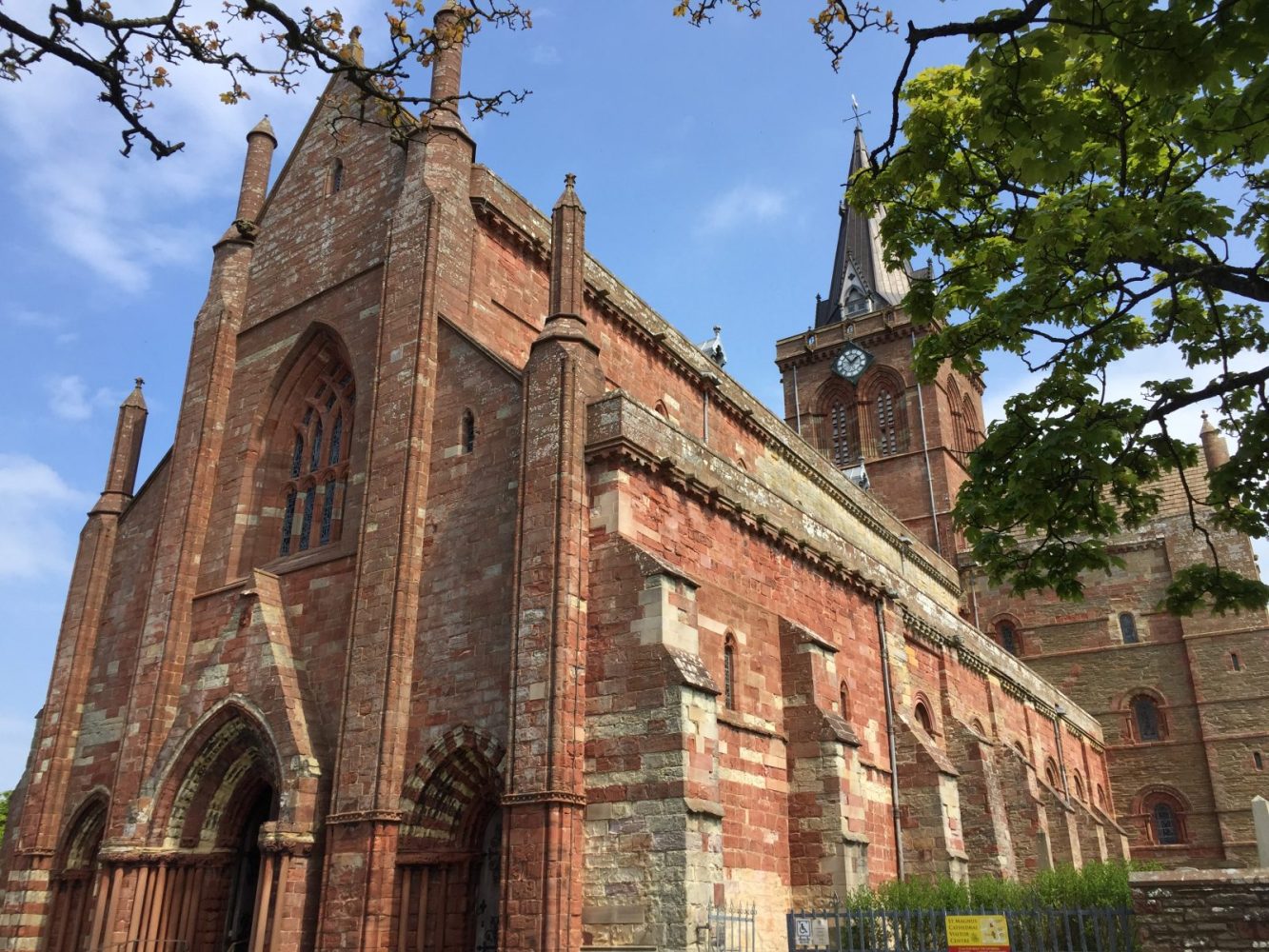
Some fifteen miles away lies Skara Brae, one of Europe’s most remarkable archaeological sites.
It is hard not to think of the Flintstones when you first approach the site. A small village, exposed in the eighteenth century following a dramatic storm, dates back to about 3200 BCE. A primitive, but effective sewage system links the cluster of houses, and each shows an attention to living detail that belies its five-thousand-year history.
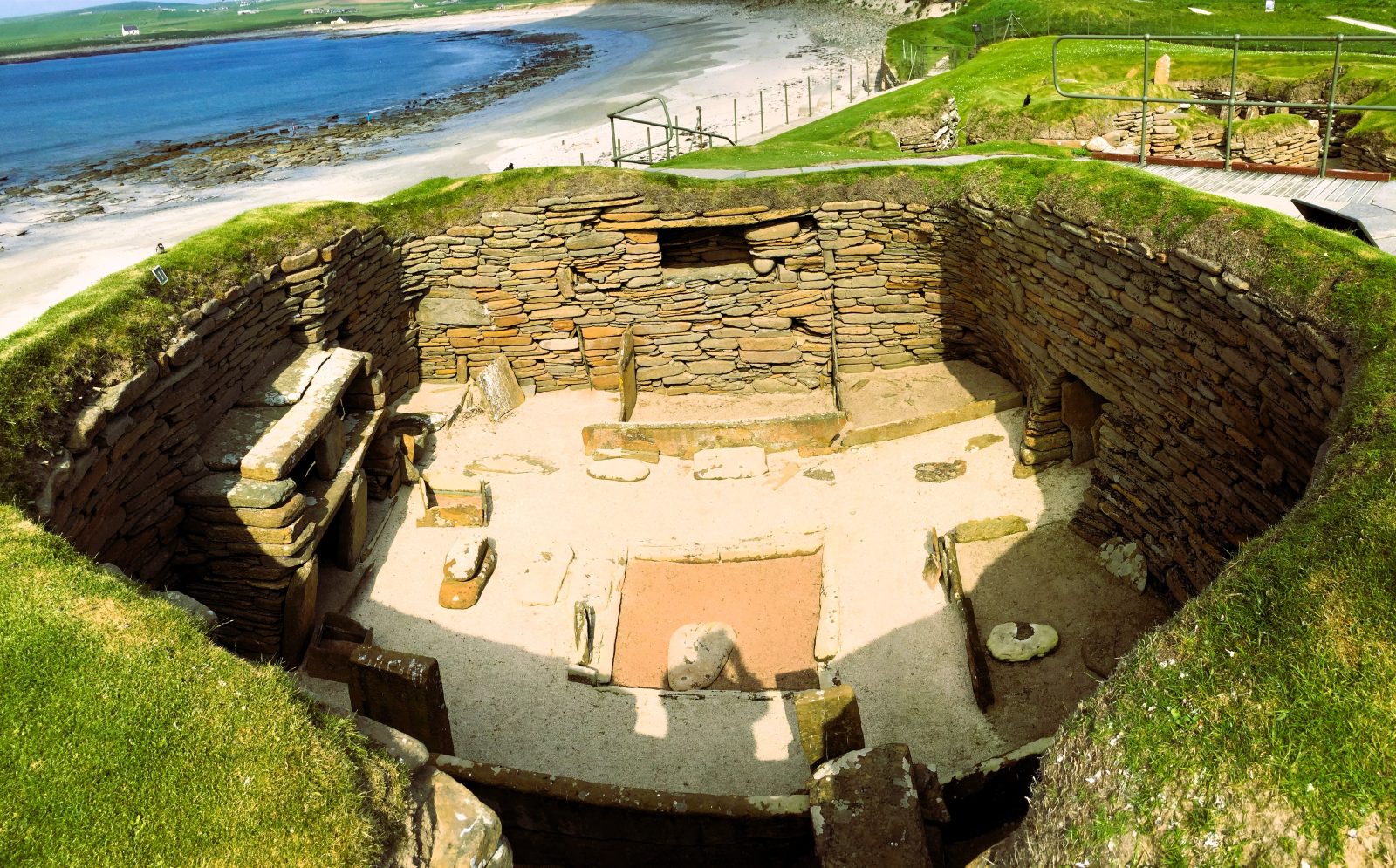
The middens found at the site indicate a comfortable life; shellfish and nuts were an integral part of the diet, and there seems to have been no shortage of food. The houses are all well designed, and although the source of heating fuel remains a mystery, they were warm and well protected.
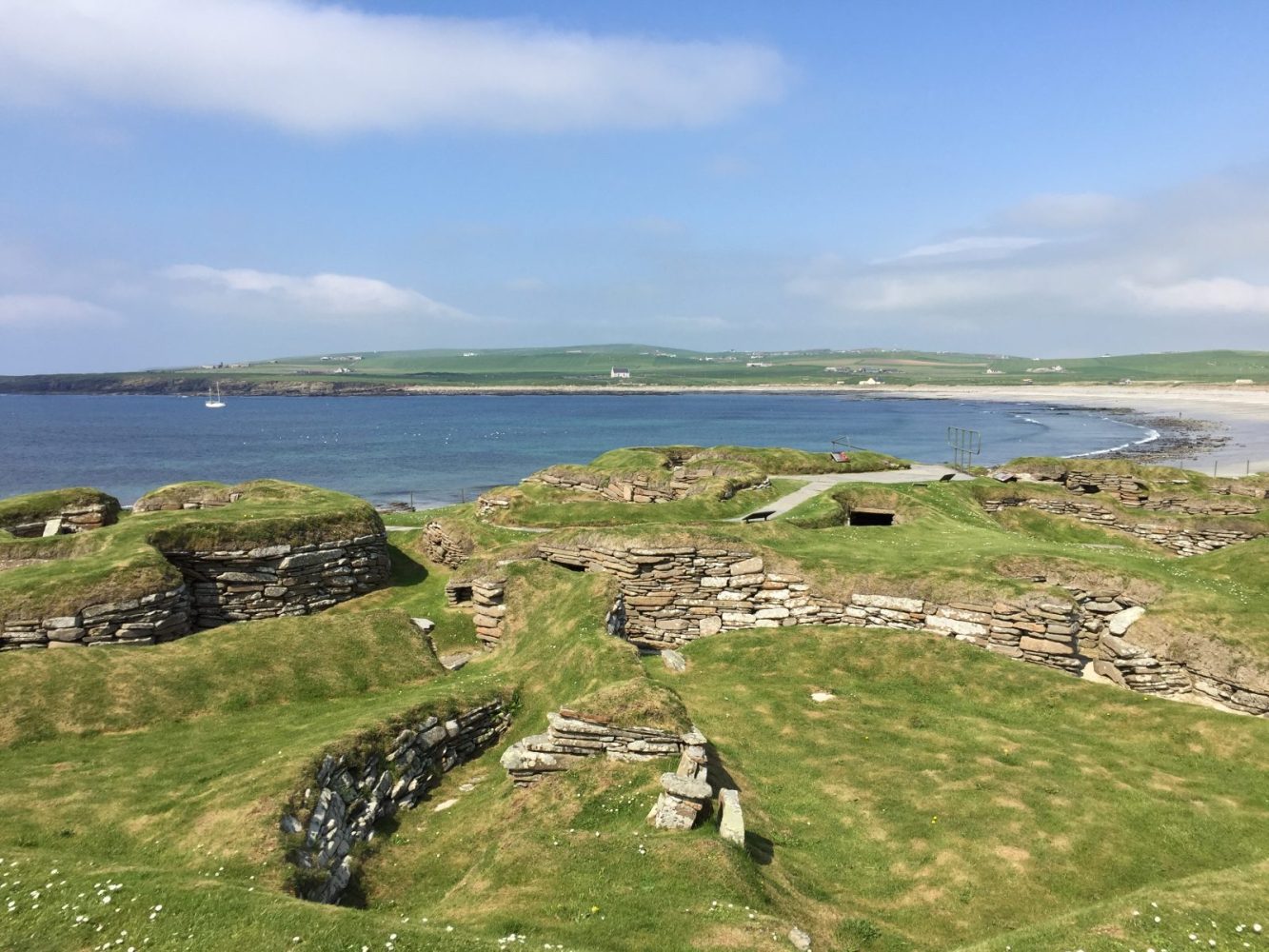
An afternoon spent wandering around the site is a fine way to get lost in the history of life, and to picture oneself living back in the Bronze Age.
Shetland: Windswept and Eccentric
Shetland, in complete contrast to Orkney, even though it lies only sixty miles to the north, is a wild and dramatic archipelago. Dramatic cliffs, teaming with seabirds, rise from the wild shorelines, and communities that cling to the small coves around the islands are hardier and tenacious.
The islands are wild; many abandoned, or nearly abandoned communities tell of the economic difficulties of the 1970s and 80s. Slowly repopulating, thanks to both transportable government benefits and remote working, the isolated villages and offshore islands are coming back to life.
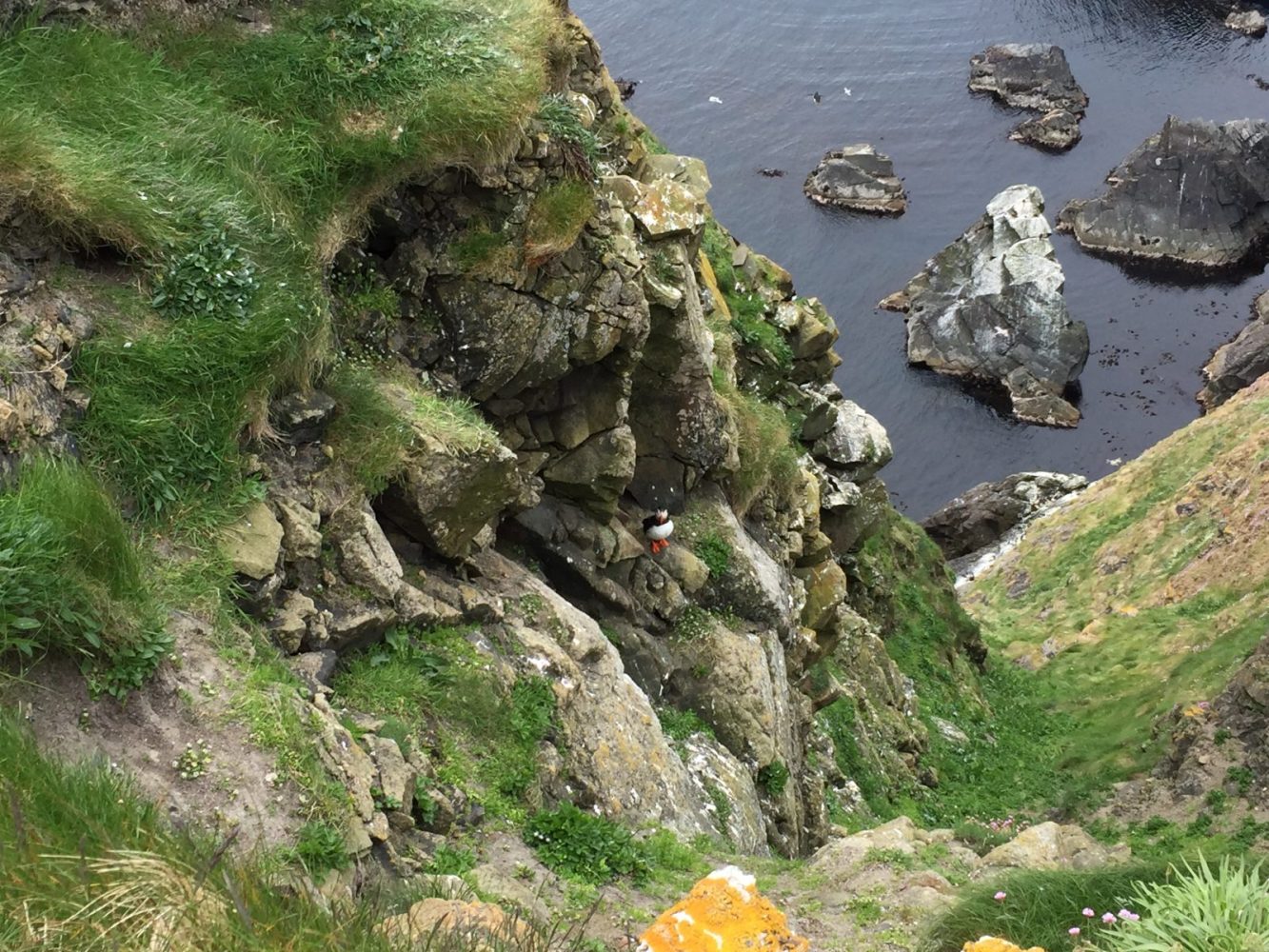
There is little here other than the oil industry, fortunately self-contained and barely visible. Fishing is important and some sheep farming, but the land is hard and living difficult. Certainly, the evolution of the internet has softened the toil of living here, and the new visitor-economy has brought welcome jobs and money to the community.
For visitors, Shetland is a mind game. Part of the United Kingdom, yet so unlike anywhere else in Britain, physically and mentally. It is a land of wild weather, driving music, eccentric crafts, mysterious history and inimitable people. It is a land to explore and a land to embrace; it is certainly a land to allow for the weather, and above all, Shetland offers visitors who drive a few miles off the main roads a glimpse, it seems, into a parallel universe.
Flower gardens veiled inside walled graveyards, makeshift libraries in appropriated bus shelters, rain shelters in crashed aeroplanes and visitors’ books in glass boxes protected from the rail.
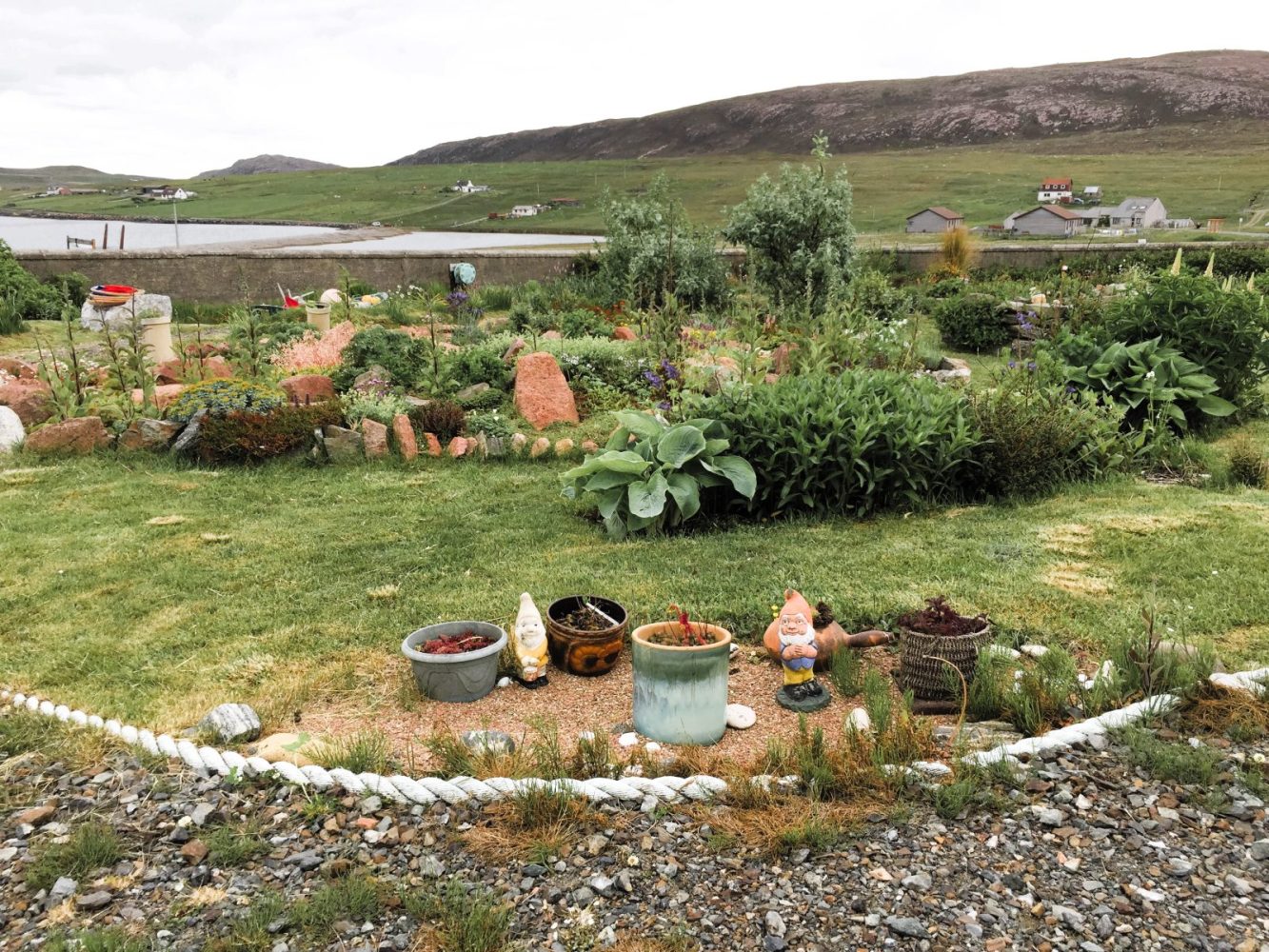
And seabirds. Tens of thousands of fulmars, puffins, guillemots and more, swooping across the cliff faces lifted and tossed by the wind and screaming into the salt mist. Truly an extraordinary wildlife spectacle, the clouds of gannets swarming the towering sandstone cliffs and of course, lurking in the waters below are seals and whales.
All around, the aura and history of the Vikings and the knowledge that this powerful group spread their wealth and knowledge from these islands to North America, to the middle east and throughout the western shoreline of Europe.
As we venture further north, we reach the Faroe Islands, perhaps the most geographically challenged and culturally distinct of the three groups.
The Faroe Islands: Dramatic and Fiercely Proud
History, in the Faroe Islands, starts yesterday. It is a contemporary and bygone concept, and one that allows the Faroese to glide between centuries with ease. National costume is as natural as a cell phone; an incident from last week links seamlessly with an event from the middle ages. The culture of the islands is alive and well.
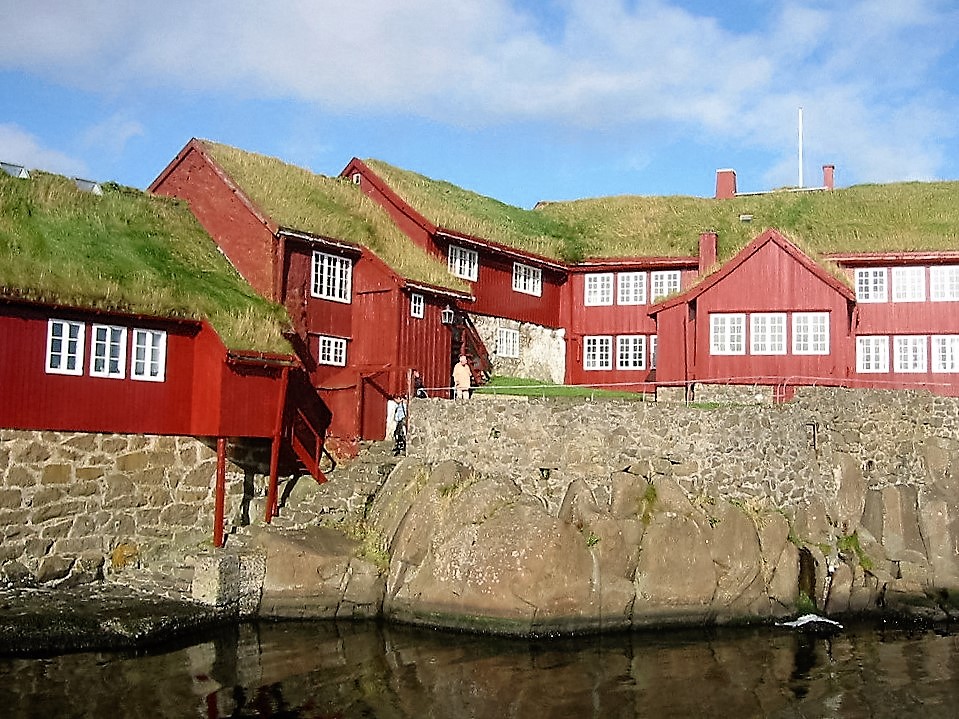
The chain dance is an old Faroese custom. Late in the evening, a group, friends, perhaps or family will stand and link hands, the right hand overlapping the left, as a raconteur starts to recite a ballad. The ballad’s storyline is long, perhaps a few hundred verses, and tells the story of the community from a distant past to the present.
Caught in such an event some twenty years back in Klaksvik, myself, a Brazilian and a French visitor are perhaps now incorporated in the ballad of today, so unusual we were. The three of us, exploring the islands and innocently invited to join the evening, were overwhelmed by the presence of hundreds of years of local lore concentrated in the hour-long chain dance.
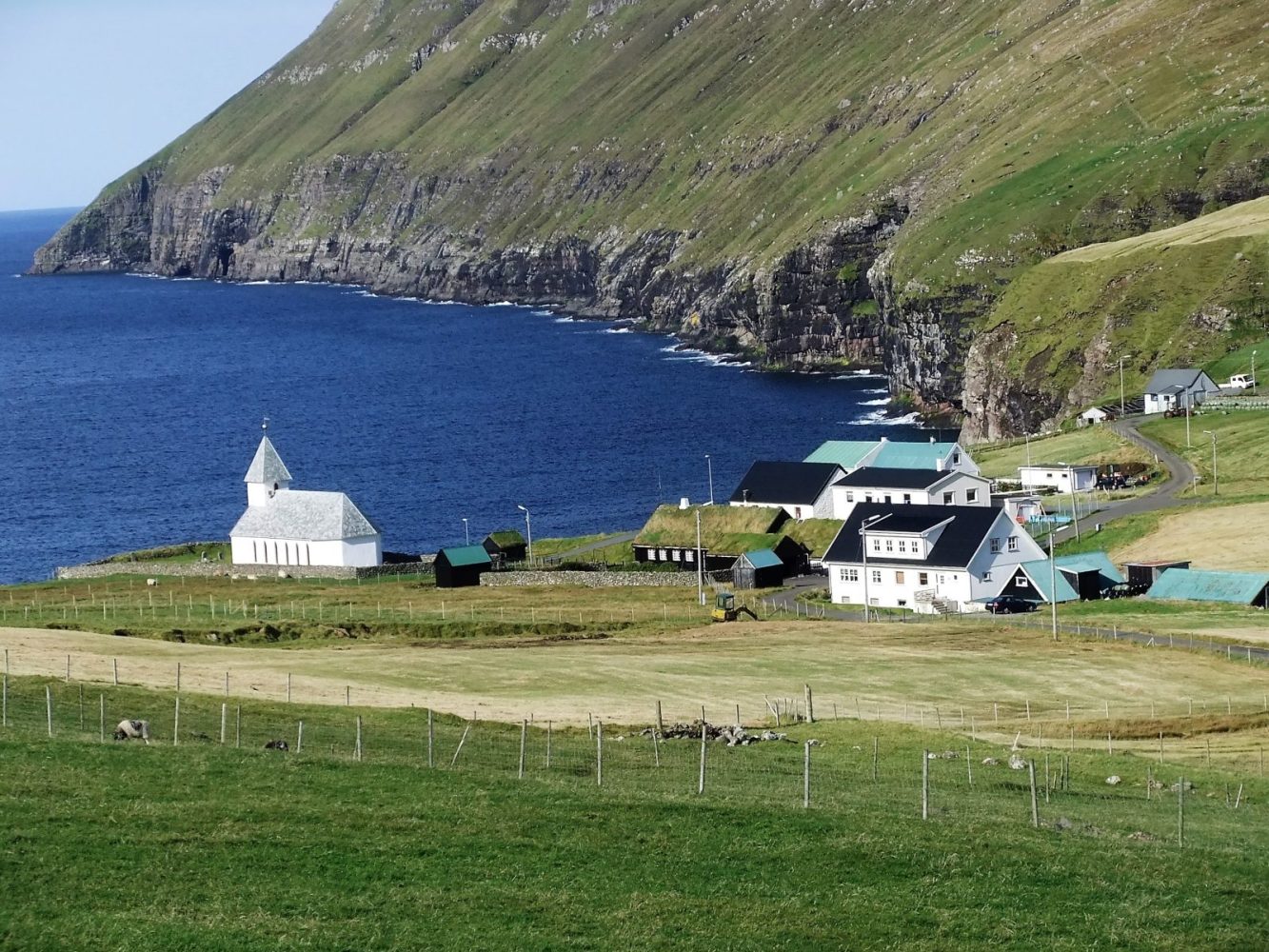
And such is life in the island. It moves seamlessly between centuries. Small communities that date back hundreds of years are only now connected by road to the main spins of the islands. New tunnels are built that allow small villages to remain intact, preserving local life and culture, yet allowing the villagers access to the major towns with ease.
The Viking Islands are truly special. Idiosyncratic and even infuriating, they tease visitors into believing that they are understood. They are not. They are islands and cultures that have survived thousands of years and will survive thousands of years into the future.
They are, however, alive, secure and once on the ground, not remote in the slightest.
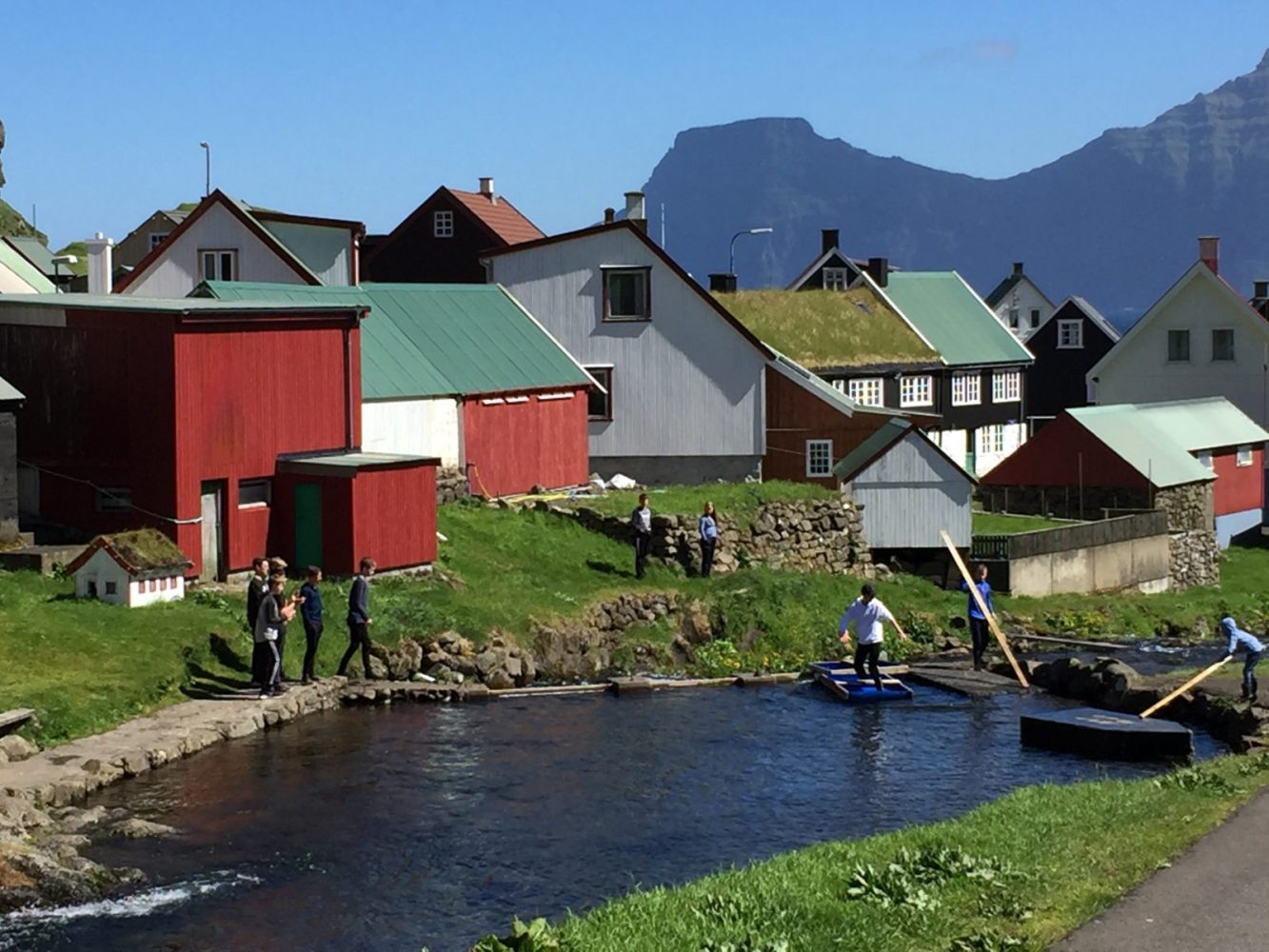
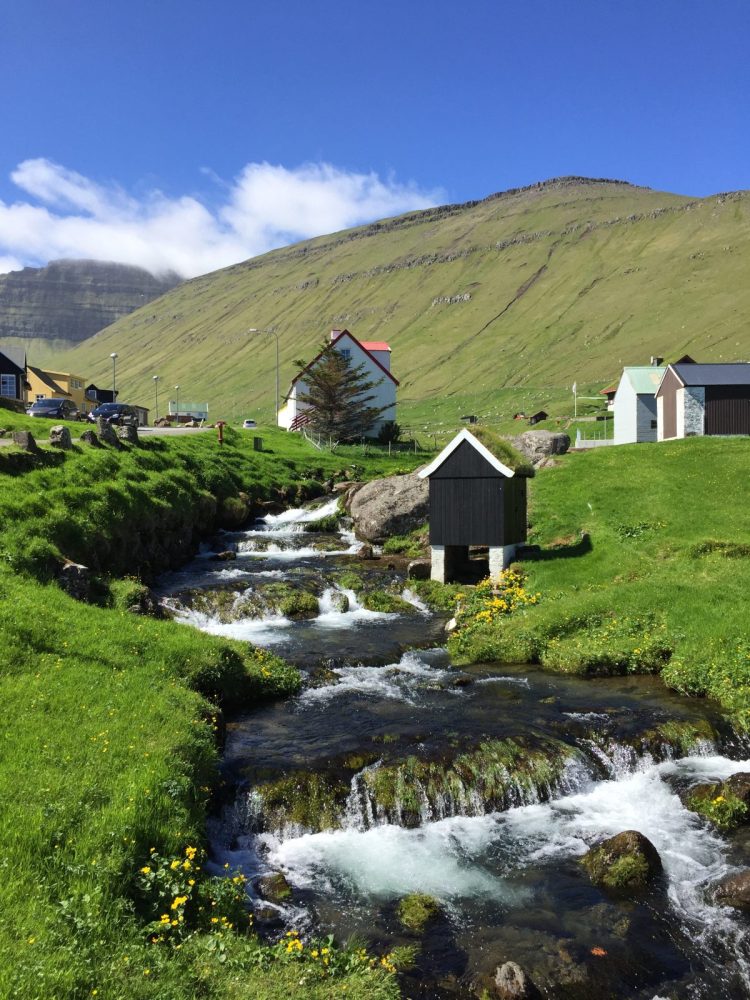
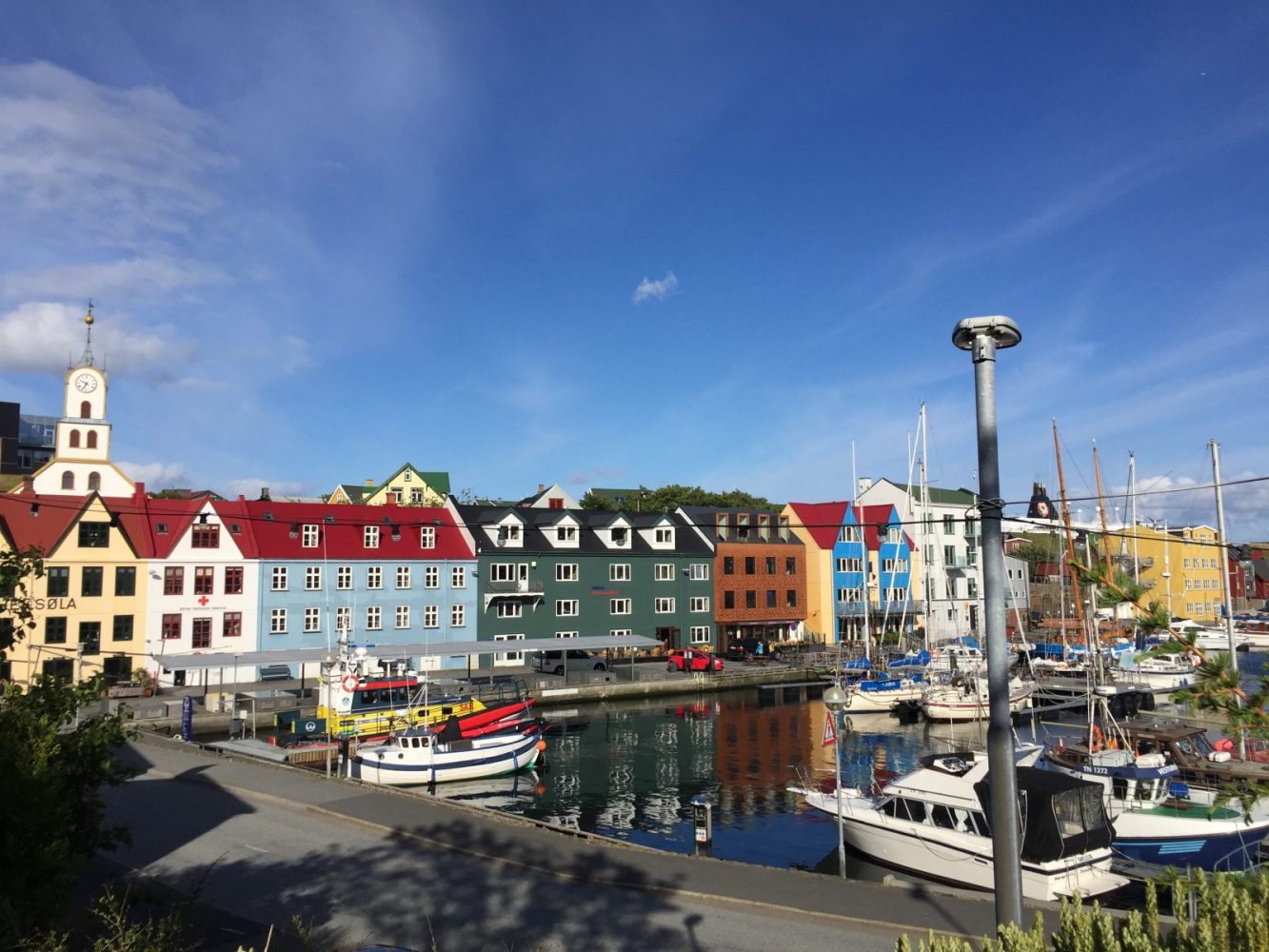

July 6, 2024 @ 2:19 am
Wonderful places, made me realise, I would like to return to all of them. Thank you for reminding me. Shetland in May this year was wonderful.
July 6, 2024 @ 2:41 am
I went to the Faroes a couple of years ago, partly inspired by your travels, and it was extraordinary. I’ve yet to visit Orkney and Shetland, but they’re on my list. Next summer perhaps…